Closest New Moon in 1337 years today, but it will be invisible; blame it on THIS
Saturday, January 21, 2023, is the New Moon day. The most significant part is that the new moon will be at its closest distance to planet Earth for in 1337 years. However, the so-called supermoon will remain invisible today. Here's why.
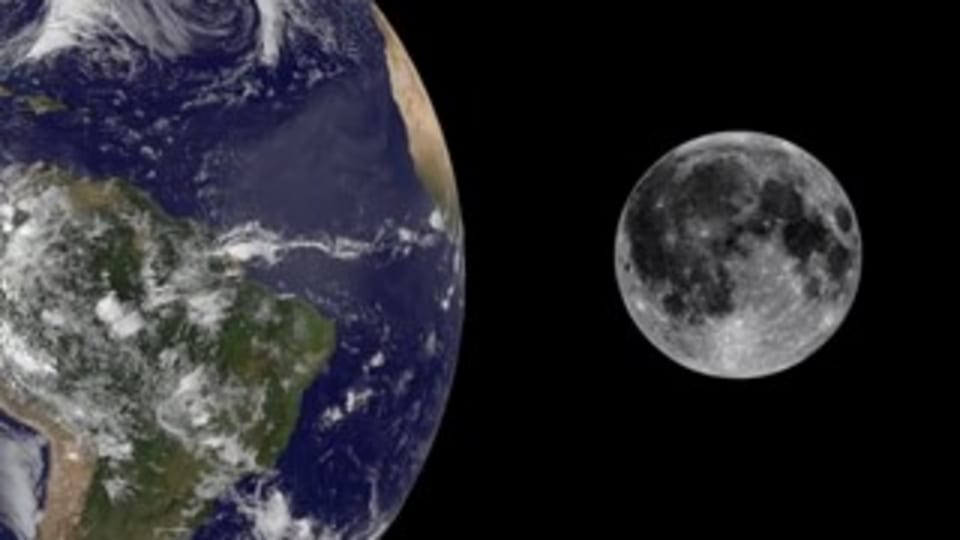
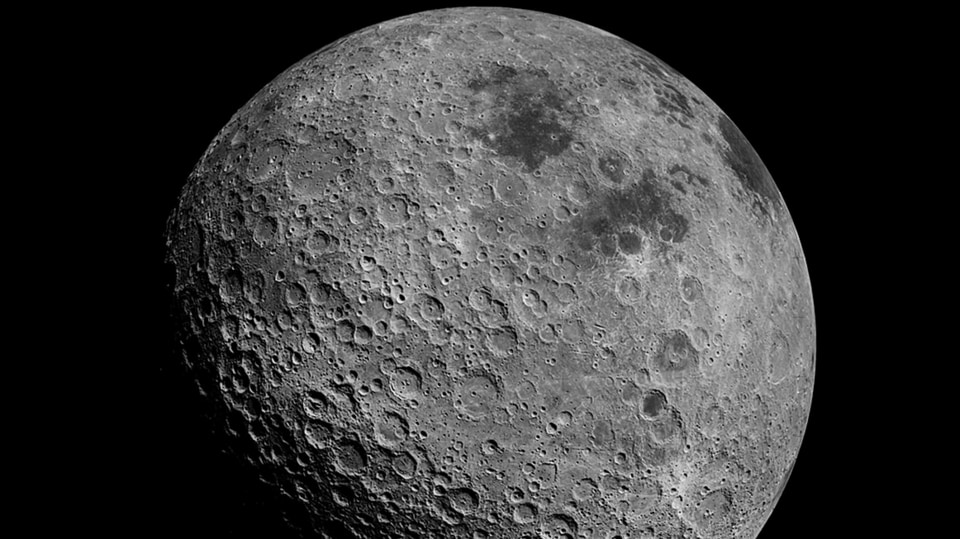
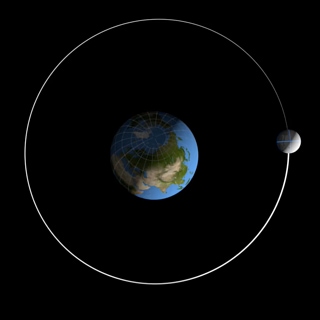
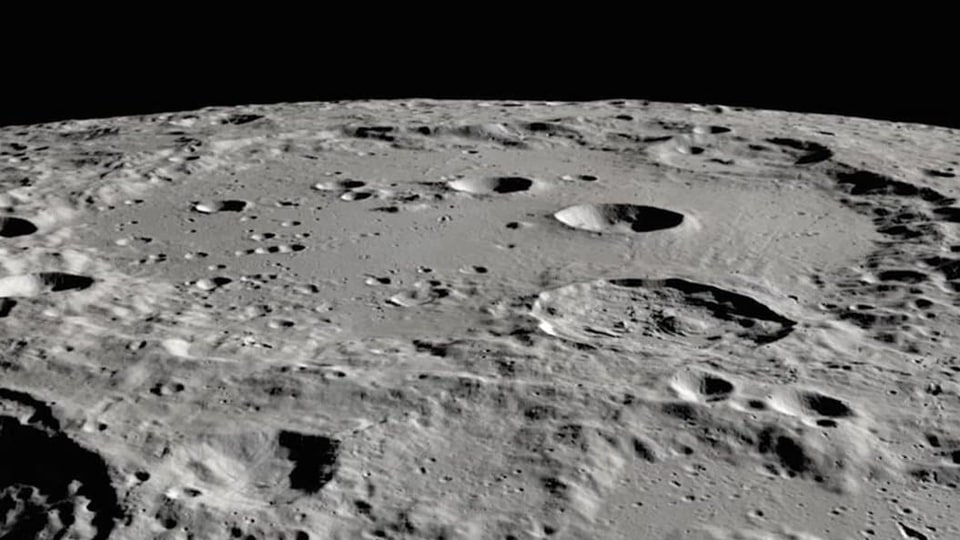
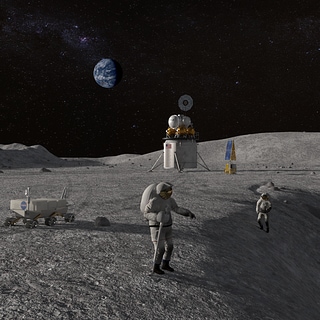
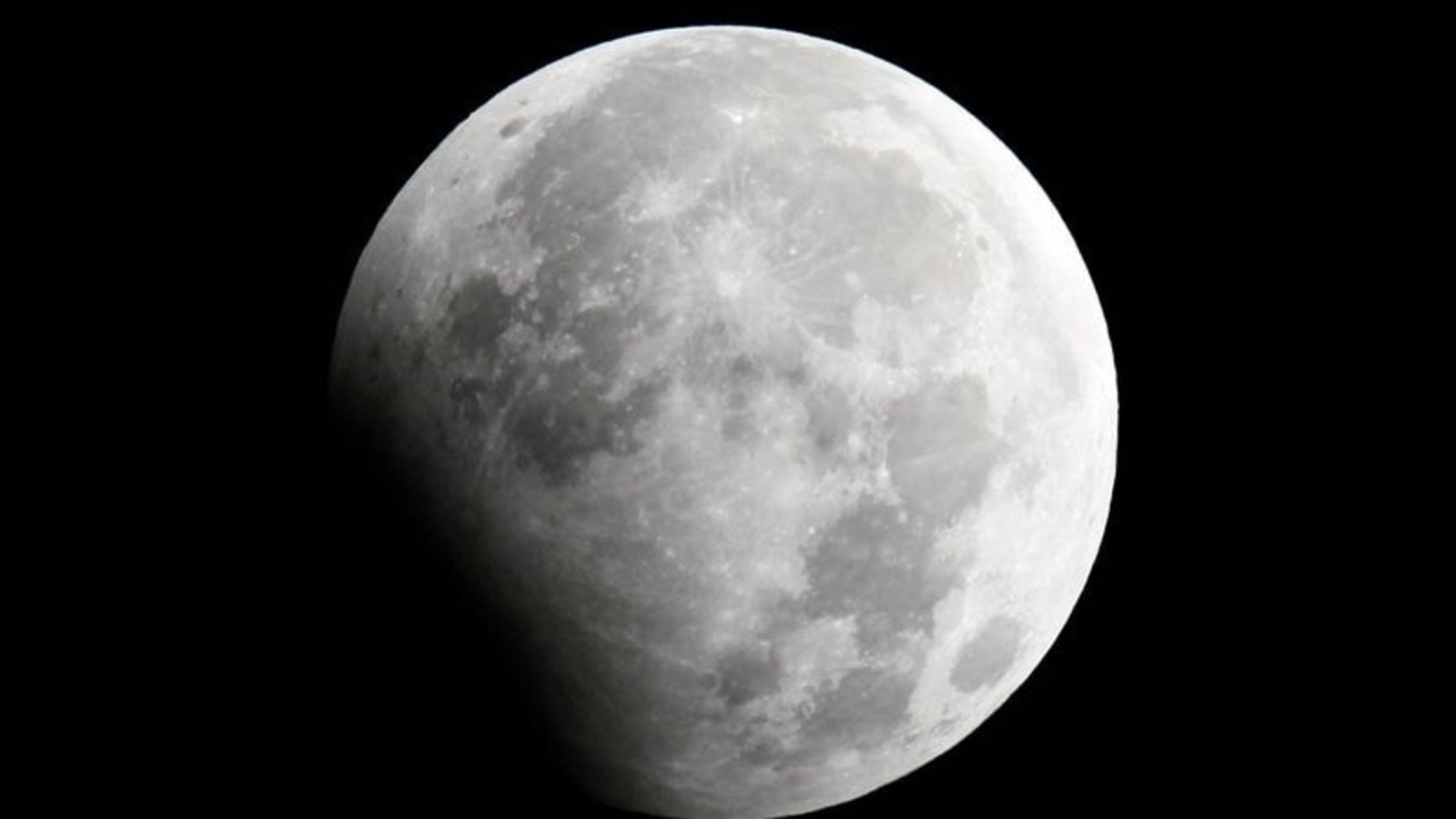
 View all Images
View all ImagesDo you love gazing at the sky at night? Stars and moon make the night sky look beautiful. Saturday, January 21, 2023, is a New Moon day. Also, this new moon happens to be at its closest distance to planet Earth for the last 1337 years. "According to our calculations, on January 21, 2023, the new moon will be at its closest distance to Earth for the last 992 years. The next time the new moon is this close to Earth will be 345 years from now, making this the closest new moon in 1,337 years," a report by EarthSky stated. However, you will not be able to see the moon in the sky today. Want to know why? This weekend, the moon will be rising and will set with the sun and its shaded side will be facing planet Earth during the day, hence making the moon invisible, according to a report by CNET.
Notably, the moon is not always the same distance away from Earth. The orbit is not a perfect circle. When the moon is the farthest away, it is 252088 miles away. That is almost 32 Earths. When it is closest, the moon is 225623 miles away. That is between 28 and 29 Earths. The moon is an average of 238855 miles (384,400 km) away, according to NASA. The space research organisation has also stated that the moon is slowly moving away from Earth, getting about an inch farther away each year.
It can also be known that a new moon happens when the moon is lined up between the Earth and the Sun. We see the side of the Moon that is not being lit by the Sun (in other words, we see no Moon at all, because the brightness of the Sun outshines the dim Moon!) When the Moon is exactly lined up with the Sun (as viewed from Earth), we experience an eclipse.
According to Astronomical Applications Department, the new moon of January will occur at 20:53 (Universal Time) on Saturday (January 21). Today's new moon also coincides with a supermoon.
A supermoon occurs when a full moon coincides with the Moon's closest approach to Earth in its elliptical orbit, a point known as perigee. During every 27-day orbit around Earth, the Moon reaches both its perigee, about 226,000 miles (363,300 km) from Earth, and its farthest point, or apogee, about 251,000 miles (405,500 km) from Earth.
Supermoon isn't an official astronomical term, but typically it's used to describe a full Moon that comes within at least 90 percent of perigee. Also, supermoons only happen three to four times a year, and always appear consecutively. Throughout most of Earth's orbit around the sun, perigee and the full moon do not overlap.
It might be hard to detect a supermoon visually, but it does have an effect on Earth. Because the Moon is in its closest approach to Earth, it can cause higher tides than usual.
Catch all the Latest Tech News, Mobile News, Laptop News, Gaming news, Wearables News , How To News, also keep up with us on Whatsapp channel,Twitter, Facebook, Google News, and Instagram. For our latest videos, subscribe to our YouTube channel.





























